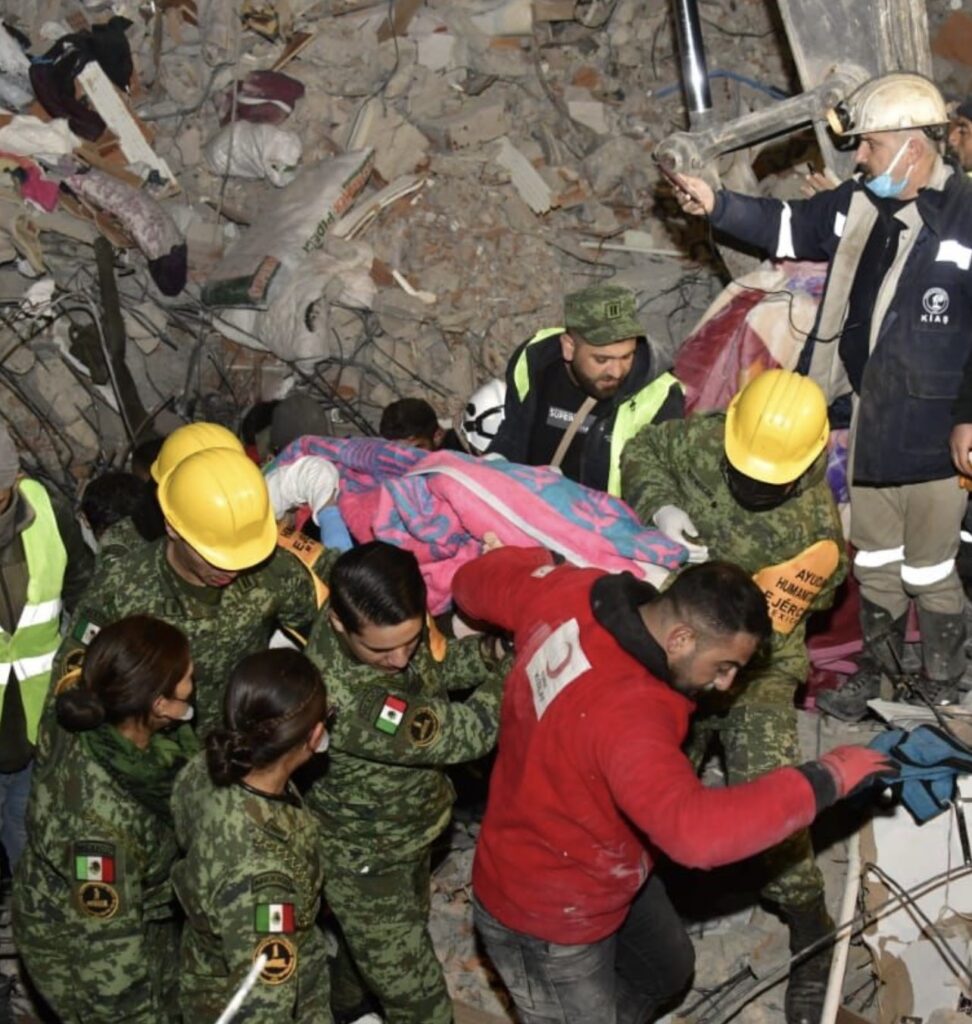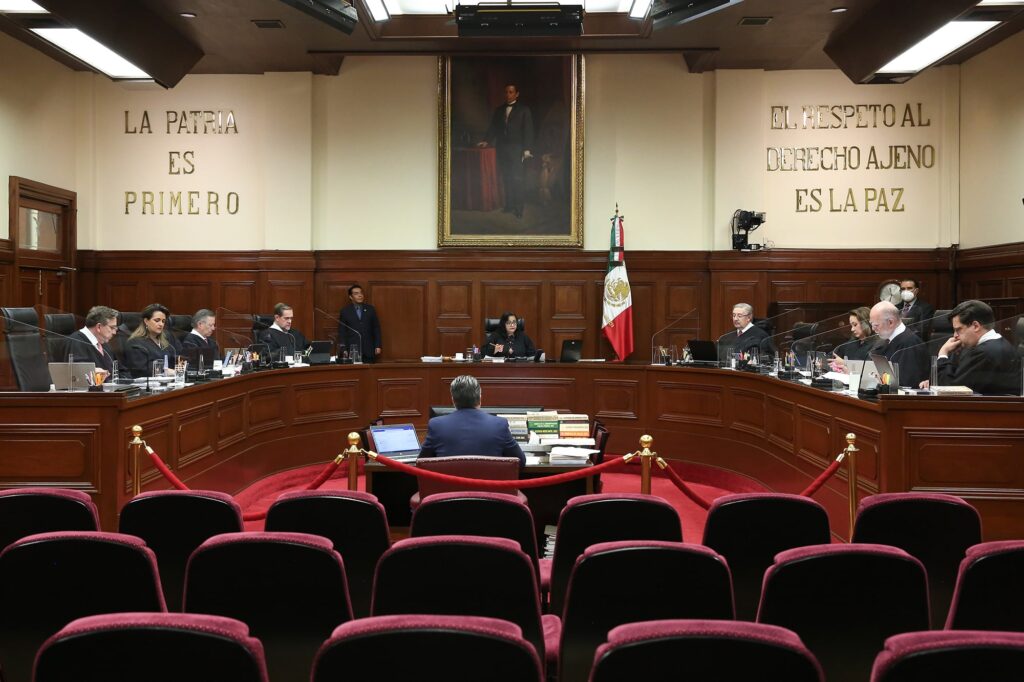Since President Andrés Manuel López Obrador (AMLO) took office in December 2018, Mexico’s armed forces have permeated the country’s immigration system, shaping its policies into a militarized effort to keep migrants away from the U.S. border, a new study finds.
According to a report by human rights group Fundación para la Justicia y el Estado Democrático de Derecho (FJEDD), Mexico’s migration policy has been overtaken by the military, often carrying out operations in violation of human rights.
The investigation shows that AMLO’s administration has tasked the National Guard, a military-led public security institution, with the execution of its migration policies, while Mexico’s military has taken over migration control within the country.
In addition, current and former members of the military guild were placed in key positions within Mexico’s National Migrant Institute (INM), with 19 out of the 32 state branches of the INM in control of the military who are specialized in military, penitentiary, and public safety tasks.
Today, Mexico’s migration policy consists of military operations involving detention and deportation, emphasizing its presence at the southern border, and placing troops in migrant hotspots.

Of the 46,254 detentions carried out from January 1 to February 28, 2022, more than 40% took place in southern Mexico, thus serving as an immigration containment wall.
Mr. López Obrador’s efforts to suppress immigration seem to be heavily influenced by United States political and economic interests. Just as his administration was beginning, AMLO had to face a number of threats made by then-president Donald Trump, who was urging for stricter control of Mexican borders.
After the U.S. threatened to impose tariffs on Mexican exports and close the border, Mr. López Obrador’s administration carried out a series of executive orders that empowered the armed forces and the national guard to carry out immigration control duties.
Mr. Trump would eventually praise his Mexican counterpart for placing military forces along Mexico’s borders.
As of January 2022, there were 28,397 immigratioin control personnel deployed on the northern and southern Mexican borders. Almost 50% are members of the military, with the remaining members belonging to the National Guard.
Even though the National Guard is constituted as a civil-oriented institution, over 80% of its members are former military. Additionally, its training and control fall under Mexico’s Secretary of Defense.
Furthermore, over 85% of its agents lack police certification, showing that most National Guard members do not have the required training in protecting civilians in the context of public security.
Their military nature and its lack of training in civilian protection have resulted in multiple instances of human rights violations and abuses, such as racial profiling when carrying out detentions, sexual violence, and excessive force.

For example, the organization Doctors without Borders documented that in 2018, 68% of the refugees and migrants under their care reported some sort of violence, with sexual violence being reported by a third of women who were interviewed. According to the organization, “Patients reported that the perpetrators of violence included members of gangs and other criminal organizations, as well as members of the Mexican security forces responsible for their protection.”
What’s more, the military’s focus on immigration has pressured migrants to look for alternative, more dangerous routes on their journey to the U.S. border, often leaving them vulnerable to elements of organized crime.
Effectively, Mr. López Obrador’s strategy has resulted in a wall of military personnel erected to stop the flow of migrants to the U.S. border, further endangering the lives of immigrants making the journey northward through Mexico. From 2014 to 2021, 3,059 migrants have died during their journey to the U.S.- Mexico border — 659 within Mexico’s migration routes.











